
Eight Early-Career Scientists with NASA DEVELOP Explore Use Cases of Satellite EO for Rangelands
Original article by Nicole Pepper and Tony Vorster can be found here on the NASA Acres website.
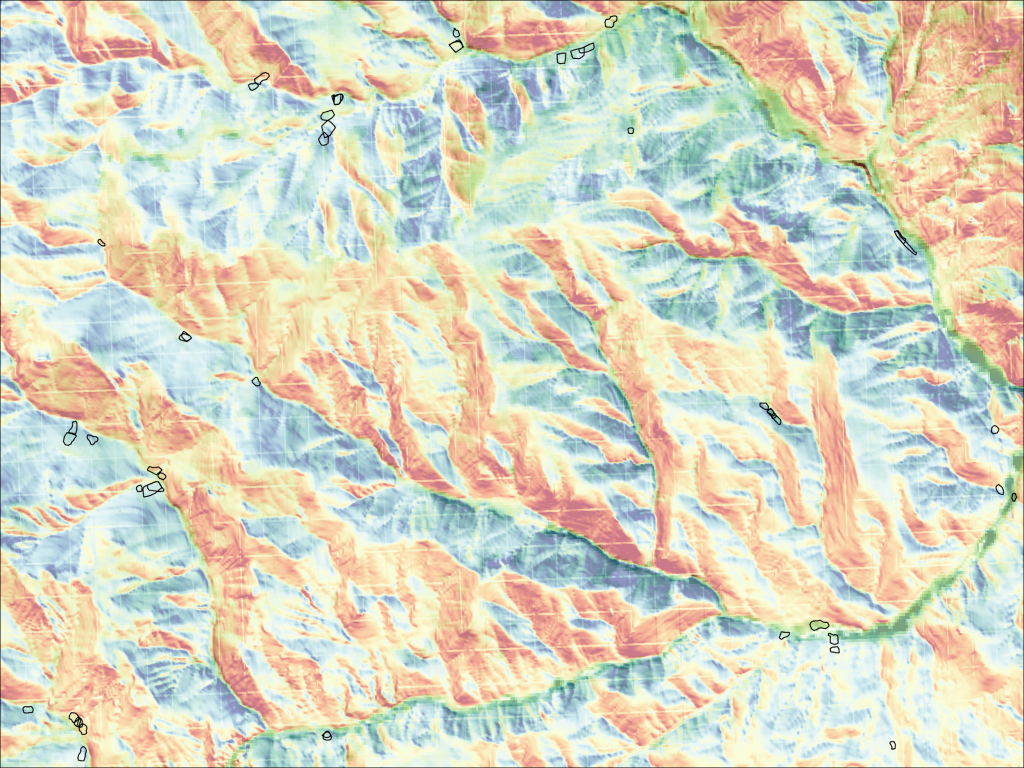
Earlier this spring, eight early-career professionals with the NASA DEVELOP Program joined the NASA Acres team at Colorado State University (CSU) to complete 10-week feasibility studies focused on developing use cases for the application of satellite Earth observations (EO) for rangeland and ranch management. Tony Vorster, a Research Scientist in Warner College’s Natural Resource Ecology Laboratory (NREL) and primary investigator for the rangelands NASA Acres work at CSU, mentored the DEVELOP teams with Nick Young, a Research Associate also at NREL and with the CSU NASA Acres team.
The participants worked in two project groups, dividing their skills to perform tasks like collecting and processing satellite data, conducting statistical analyses, corresponding with project partners, and creating communications materials including presentations and a technical report.
Investigating the Impact of Night Penning on Vegetation
One project partnered with Alderspring Ranch, Krebs Livestock, and the USDA National Wildlife Research Center to examine the effects on vegetation from livestock management practices intended to reduce conflicts with predators. The partner ranches corral their livestock into a fenced area each night to protect animals from predators. Although this method has minimized interactions between livestock and predators, producers and others, such as federal agencies who manage grazing allotments, seek to understand the impact of this extremely high livestock concentration at night penning sites on vegetation. The DEVELOP team (Garret Weichel, Aarushi Jhatro, Jack Hagenbuch, and Hannah Willis) used remote sensing to evaluate the effects of this practice on vegetation productivity over time.
Preliminary findings from the team generally did not find an impact of night penning on net primary productivity (NPP) captured from satellite data, suggesting that even these heavily used night penning sites recover quickly. However, analyses are ongoing and fieldwork is being conducted by the Colorado State University Western Ranch Management and Ecosystem Stewardship program this summer to assess impacts of night penning on vegetation communities.
Meet the Team:
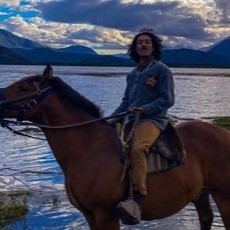
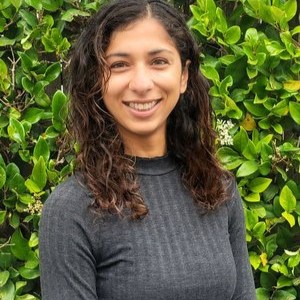
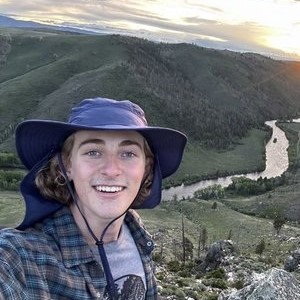
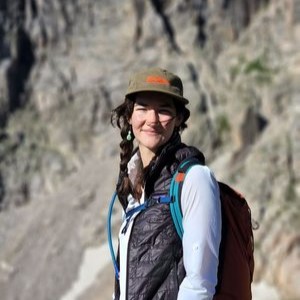
Evaluating Satellite-Derived Net Primary Production Models Over Rangelands
The second NASA DEVELOP project out of the Colorado State University Acres team partnered with the Noble Research Institute, USDA Agricultural Research Service, and scientists at CSU who are all working on the Monitoring, Management, and Metrics (3M) project which seeks to understand how farm and ranch management approaches impact soil health, carbon sequestration, and socio-economic well-being. The NASA DEVELOP team (Ashley Bañuelos, Alyssa Spencer, Joseph Dale, and Yezzen Khazindar) conducted a comprehensive evaluation of several net primary productivity (NPP) models derived from NASA earth observations. This evaluation assessed NPP product variability across spatiotemporal scales for select ranches in southern Oklahoma and northern Texas. The team found variability between the NPP products associated with vegetation types (particularly woody vegetation) and climatic patterns (wet vs. dry years). Findings from this work will be integrated into the 3M project and will contribute to ongoing efforts to evaluate the transferability of rangeland remote sensing products across regions and to identify how satellite Earth observations can improve soil biogeochemical models.
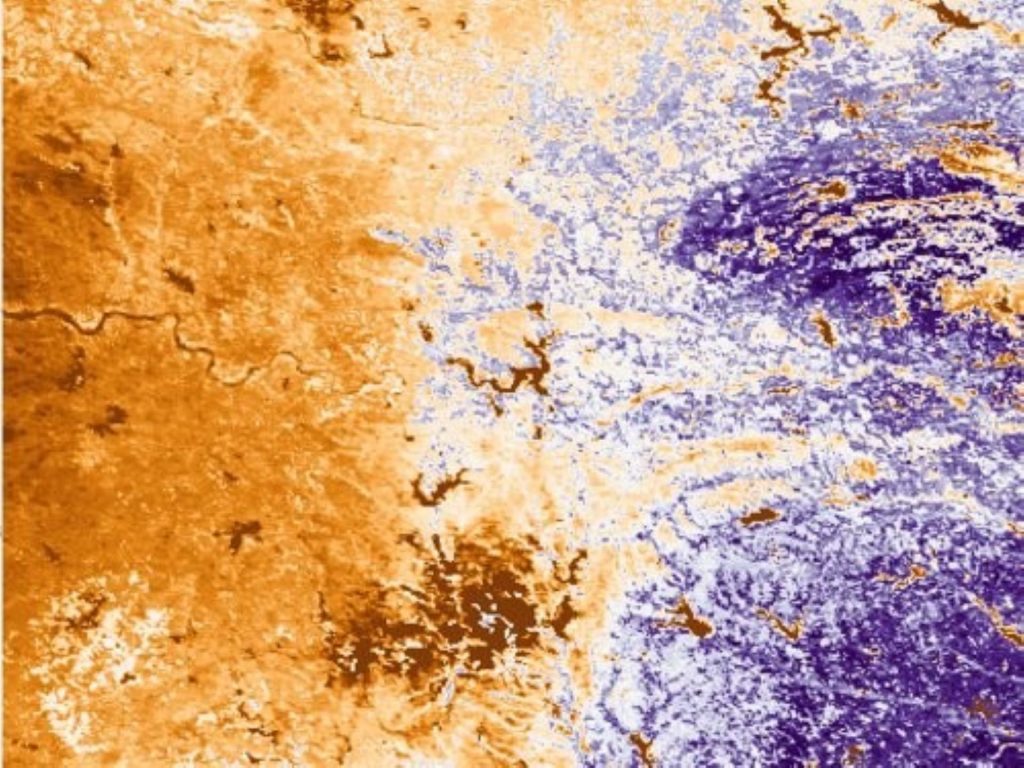
Meet the Team:
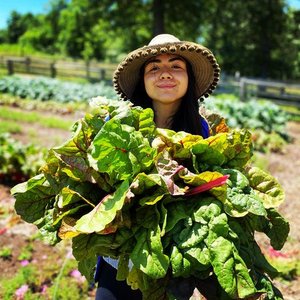
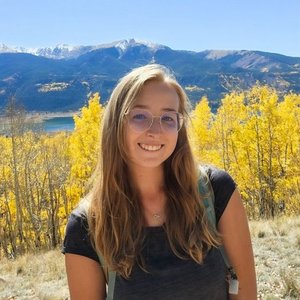

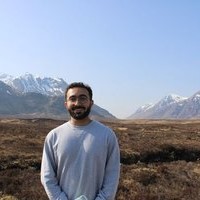
Advancing the State of the Science for NASA Acres
These collaborative studies provided valuable information for project partners and contributed to Vorster’s research under NASA Acres, providing insights and laying the groundwork for continued investigation of the beneficial use of EO technologies for rangeland management.
We are proud to support NASA DEVELOP’s commitment to advancing innovation in EO and cultivating the next generation of EO users and professionals.
- Learn more about CSU’s rangeland research under NASA Acres: www.nasaacres.org/our-projects/csu-vorster
Meet the Science Advisors:
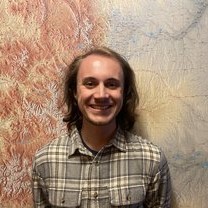
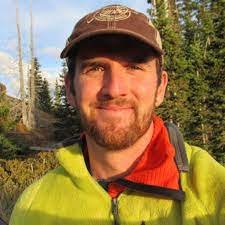
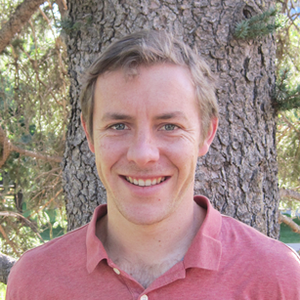
About NASA DEVELOP
NASA DEVELOP is a paid research experience for early career and transitioning professionals. Three times a year, participants apply through a competitive application process. Those selected conduct 10-week research projects in interdisciplinary teams of 4-5 people. They work closely with DEVELOP science advisors and mentors to apply Earth observations to address real-world problems. Through this process, participants build both research and science communication skills. These skills and project experience help set them up for success in the workforce.
- Learn more about the DEVELOP program, how to apply, or become a partner: appliedsciences.nasa.gov/what-we-do/capacity-building/develop